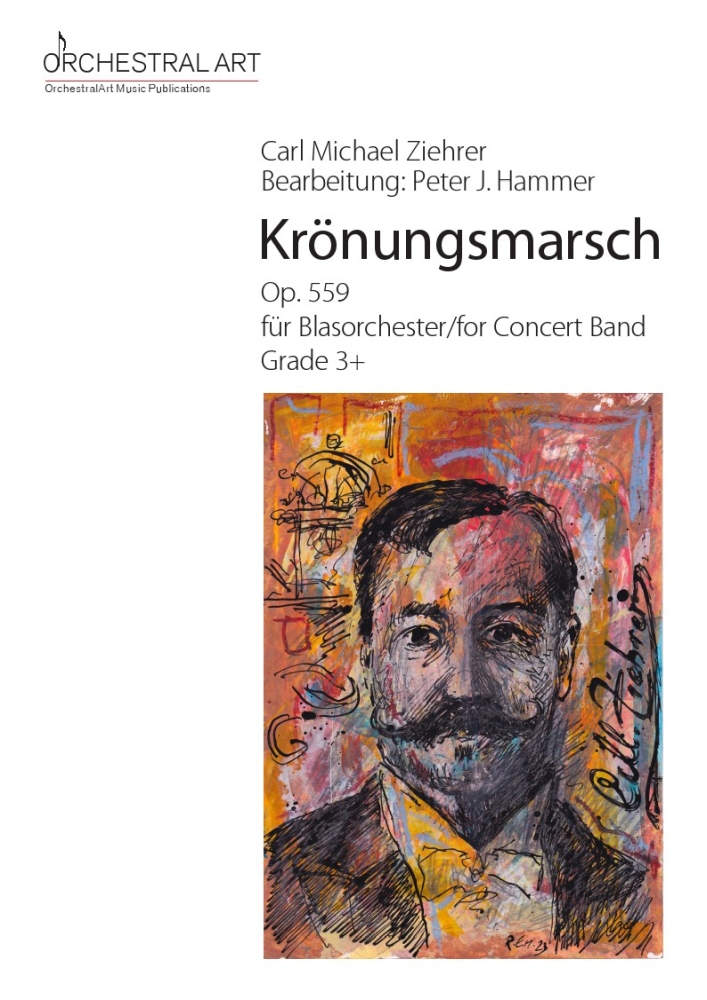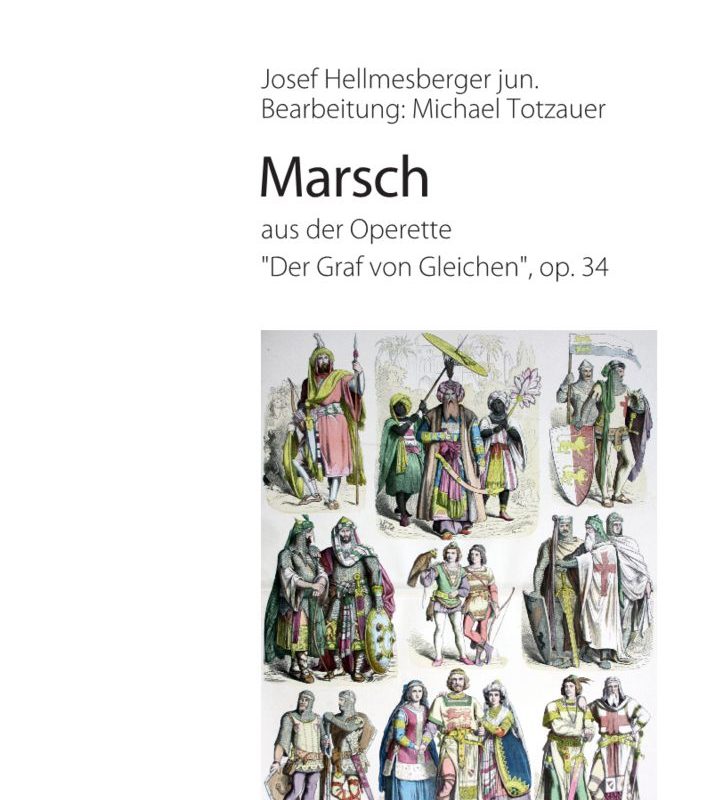- Shop
-
-
Neuerscheinungen
Pflichtstücke
- Scoreplay (YouTube)
-
NEUESTE WERKE
Carl Michael Ziehrer – Wenn man Geld hat, ist man fein!
Carl Michael Ziehrer – Kroenungsmarsch
-
-
-
weltweiter Versand möglich
Zahlung auf Rechnung oder mit Kreditkarte
PDF Reprint einzelner Notenstimmen
Bearbeitung innerhalb von 3 Werktagen
-
-
-
- Komponisten
- News
- Über
- Kontakt

















